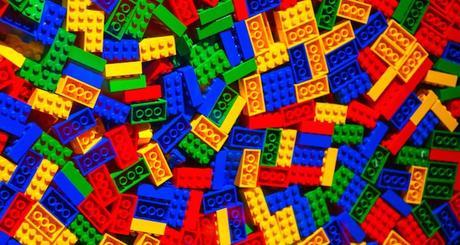

- April 12, 2016
- 0
- Email This Post
- Print This Post
Big Lessons That Small Businesses Can Learn From Lego
Kids around the world have been using their imaginations to build things out of interlocking Lego bricks since 1949. The privately held Danish company became such an institution that it even launched its own line of amusement parks. But by 2003, Lego was overextended and on the verge of bankruptcy, as competition from video games and the Internet was on the rise.
Yet, just a decade later, spurred by the success of The Lego Movie, the company achieved a dramatic turnaround, briefly passing Mattel to become the world’s largest toy maker as sales rose 11 percent to exceed $2 billion.
How did Lego overcome its fears, reverse its decline, and remain relevant in a highly competitive market? Here are some key takeaways from the brand’s comeback that any business can apply, regardless of size.
Control Costs
Lego was spread thin with too many unsuccessful sidelines that diverted attention away from its core business. The company decided to sell off the theme parks and narrow its product line. The next step was to understand the customer better.
Don’t Assume You Know Your Customers
Lego created its own in-house “Future Lab,” where scientific researchers could conduct deep ethnographic studies of how customers (of all ages) actually use the product. It turns out there’s big difference between American and European parents. Future Lab’s Anne Flemmert-Jensen told Fast Company, “American parents don’t like play experiences where they have to step in and help their kids a lot. They want their kids to be able to play by themselves.”
Create Your Own Content
Lego had been tying product releases to successful properties owned by other companies, such as the Star Wars and Harry Potter series. After creating branded storylines for cartoons and comics, Lego finally hit the big time with The Lego Movie in 2014, which even included a hit song and earned an Oscar nomination.
Highlight Product Benefits
Research showed that millennial parents like to buy toys as an investment in their child’s development. So Lego modified its marketing to reinforce the emotional appeals to kids with logical reasons for parents. Integrated campaigns now promote the benefits of Lego as an educational tool.
Do More Of what Works
After selling off the theme parks, the company continued its successful partnerships with the Star Wars, Harry Potter, and Bob the Builder franchises. After re-engineering bricks back to their original size, Lego entered new and underserved markets, while streamlining its product line.
Lego demonstrates that no matter how established you might think your businesses is, you need to get the basics right in order to build a solid foundation of happy customers.
